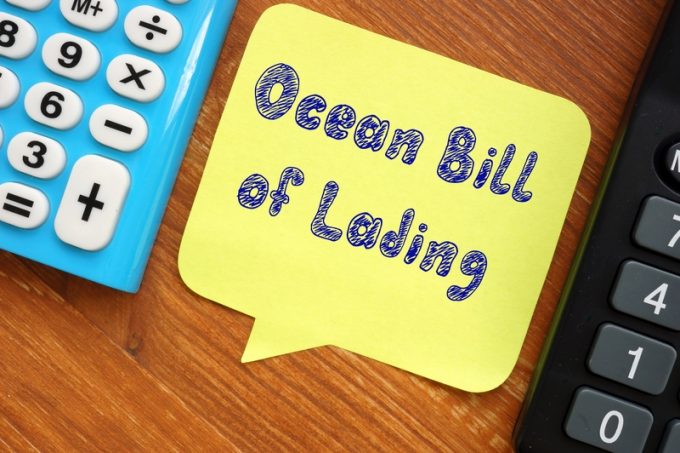MSC helps create 'a new trade norm' by accepting electronic bills of lading
MSC today started to accept electronic bills of lading (eB/Ls) submitted via Wave’s blockchain platform. Wave ...

Electronic bills of lading (eB/Ls) have existed for several decades but their take-up has been slow. That is, until the arrival of the Covid-19 pandemic which has considerably accelerated digitalisation globally, shipping being no exception.
Measures introduced by governments to slow the spread of Covid-19 brought ...


Comment on this article